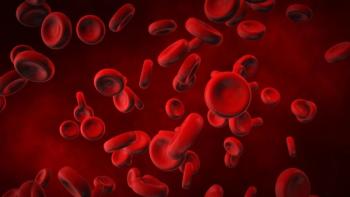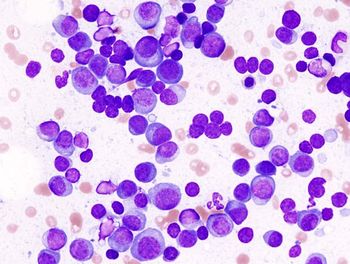
- Oncology Vol 28 No 4_Suppl_1
- Volume 28
- Issue 4_Suppl_1
(S008) Use of Mobile Devices for Creation of Survivorship Care Plans
Cancer survivors may experience myriad late effects, and the Institute of Medicine recommends that survivorship care plans be provided to all. This study explores the willingness of health care providers (HCPs) and survivors to utilize mobile devices (MDs) for this purpose.
Christine E. Hill-Kayser, MD, Carolyn Vachani, AOCN, Margaret K. Hampshire, RN, Gloria A. DiLullo, APN, James M. Metz, MD; Perelman School of Medicine, University of Pennsylvania
Introduction: Cancer survivors may experience myriad late effects, and the Institute of Medicine recommends that survivorship care plans be provided to all. This study explores the willingness of health care providers (HCPs) and survivors to utilize mobile devices (MDs) for this purpose.
Methods: We launched and made an internet tool publically available for the creation of survivorship care plans in 2007. Available at www.livestrongcareplan.com and through the OncoLink website, it provides customized guidelines for survivor care and is free for use by survivors and HCPs worldwide. With the ninth iteration of the care plan tool, launched in May 2012, the tool became available in a mobile use format. The tool is free and accessible via Apple iPhone and iPad.
Results: Since the launch of the internet-based tool in 2007, it has been used to create 34,669 care plans. Overall, HCPs have created about 40% of them. The demographics of survivors for whom care plans have been created have remained relatively stable (75% women, 81% Caucasian, median age 51 years, with breast cancer being the most common diagnosis). From May 2012 to October 2013, 11,946 total plans were created, 645 (5%) of which were created using MDs. Of the MD-created plans, the majority (97%) was created by survivors or their friends and families, with only 3% being created by HCPs. Of the users of the MD plan, 74% was female and 86% was Caucasian, with a median age at diagnosis of 48 years and a median current age of 52 years. The most common diagnosis for which MD plans were completed was breast cancer (42%), followed by lymphoma (5%), colon cancer (4%), and lung cancer (4%). Of all MD users, 11% reported having received some type of survivorship information, and 15% reported having received a written treatment summary; 4% had previously created or received a LIVESTRONG Care Plan. The median time for completion of the patient version of the MD plan was 8:07 minutes and 6:27 minutes for the HCP version. The experience with using the MD tool was evaluated as good-excellent by 92% of users.
Conclusions: For users with access, MDs appear to be feasible tools for care plan creation. Based on preliminary data, this represents a novel way to disseminate useful information to cancer survivors, particularly those who may have MD access but not computer access. Future plans will include efforts to inform HCPs about the existence of the MD plan, which may be useful in clinical settings when tablet devices are available.
Proceedings of the 96th Annual Meeting of the American Radium Society -
Articles in this issue
Newsletter
Stay up to date on recent advances in the multidisciplinary approach to cancer.

















































































